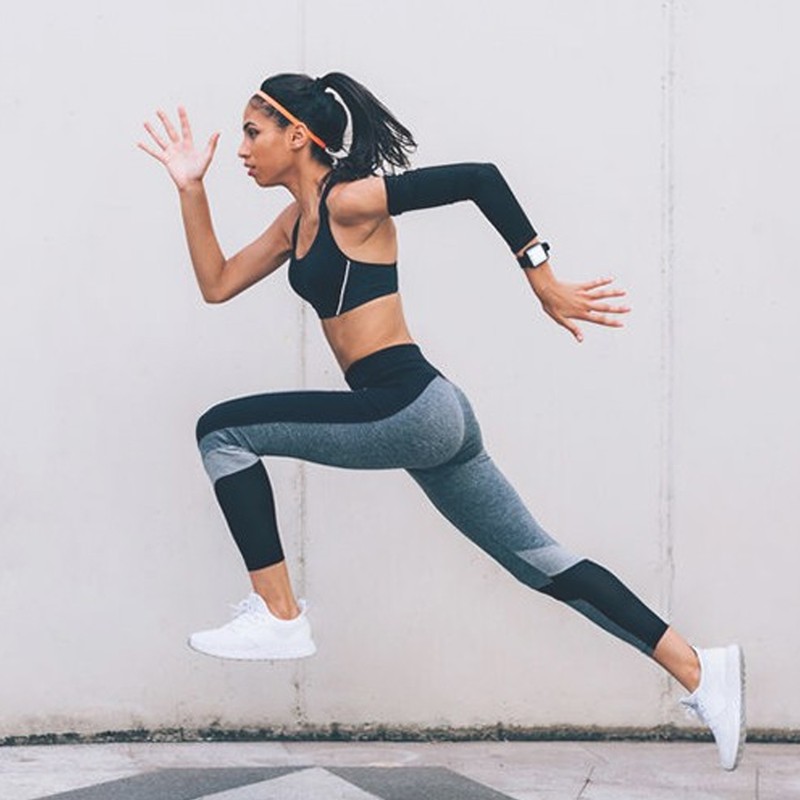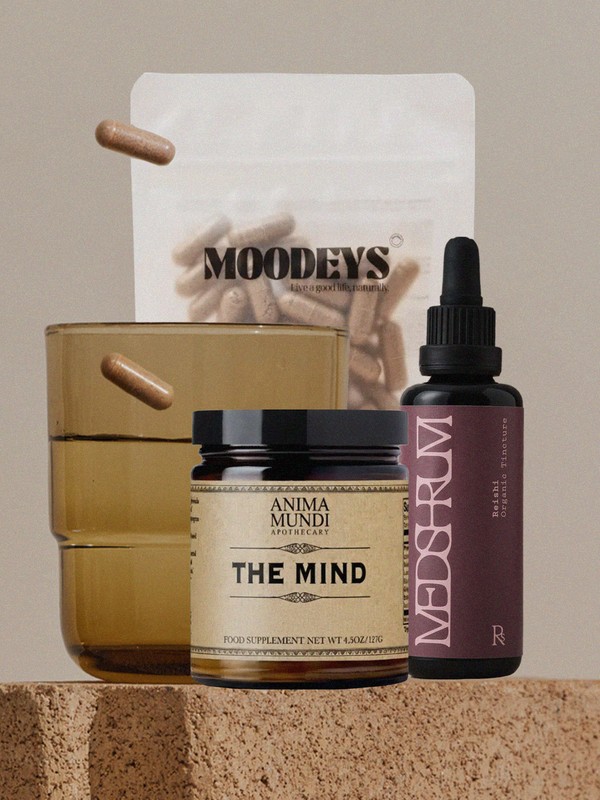How To Prepare For Your First Triathlon
Train For Each Part Equally
“It's a good idea to start with a sprint or even a super sprint distance event if you're relatively new to running, cycling or swimming – you can look up events local to you on the britishtriathlon.org. Ideally, you should work on each discipline at least once a week to best prepare you for your race. Many people find swimming is a weaker discipline and if so it may be worth getting some lessons. There are various apps you can use, such as TrainerRoad, Garmin Connect and Training Peaks, to help you with training, incorporating coaching advice and allowing you to plan ahead and record your training.” – Dr John Rogers, Consultant in Sport & Exercise Medicine, Medical Director of The Manchester Institute of Health & Performance and Chief Medical Officer for British Triathlon.
“Start with your weakest area. Many people lack confidence with swimming, so I would suggest prioritising swimming first. Also try and simulate the live environment, swimming in lanes in a pool is very different to open water swimming in the sea with masses of other people all around you. If it's your first triathlon, start with a small, friendly one!” – Adrienne Herbert, Head trainer at Fiit
Invest In The Essentials
“You can end up spending a fortune on gear if you're not careful. The key is to separate the essential from the nice-to-have. The essentials you need are a trisuit (a garment you wear the entire race), a wetsuit, a race belt (used to keep your race number in place during the swim, cycle and run) and a helmet.
“Wetsuits can be very expensive and ideally, you’d need to try before you buy as they all fit differently. Typically, the more expensive ones will have more panelling to allow for greater range of movement, so it's worth investing in a good wetsuit if you're planning to do more triathlons in the future. Clip-in cycling shoes (cleats) are also a game changer – you'll get a lot more power on the bike, which is the longest part of a triathlon. If you're thinking of doing middle-to-long-distance triathlons, then tri bars (handlebar extensions that mount close to the centre of the handlebar and cantilever out over the front wheel) are essential as they help you be more aerodynamic. The list of kit is endless, so shop around.” – Adrienne Herbert
Take Injuries One Day At A Time
"How you deal with injury is very dependent on what it is – whether it’s localised and you can train around it or it's a pain that refers to other areas. Ultimately you need to work with professionals to correctly advise you what you can and can’t do. There’s usually always things you can do, rest is pretty much never the answer when it comes to rehab. To aid recovery, focus on getting qualified help. Then lifestyle factors like making sure you get adequate sleep, nutrients and hydration." – Andy Vincent, Elite PT at Third Space
Eat Smart
“As you progress with your training you’ll be burning more calories, so it’s very important to fuel appropriately to help you adapt and get the most benefit from all your hard work. For endurance sports like a triathlon, adequate carbohydrate (amount required varies depending on volume, intensity and frequency of training) and protein intake (1.4-1.8g per kg of body weight per day) are essential.
“Unless you are really organised and have time to prepare food, it can be hard to get everything you need from your diet and so it can be useful to use carbohydrate and protein supplement drinks and shakes following training. There are lots of companies who specialise in this area – ScienceInSport and MyProtein are two of the more popular ones. If you want more bespoke sports nutrition advice, there is a list of registered sports nutritionists on the senr.org.uk website.” – Dr John Rogers
Try Bricking It
“Whether you try and complete the triathlon from start to finish before race day will depend on your current fitness level. It's not essential to do the whole thing, but you should aim to complete each of the distances in isolation. The most important thing is to brick sessions, meaning you train for two disciplines back-to-back. Most people find the bike to run toughest, so make sure you practice that transition.” – Adrienne Herbert
Know How To Rehydrate
“Try to ensure you are well hydrated before you start training. You will be sweating more so rehydration is very important both during and after exercise. Water or diluted fruit juice is fine but if you are training for more than hour you might want to consider isotonic drinks which are particularly good at replacing the fluid and electrolytes that are lost in sweat. The amount you need to drink varies depending on the type, duration and intensity of training, the ambient temperature, acclimatisation and sweating response.
“Keep an eye on your urine and consider putting up a chart in your bathroom – if your urine looks dark yellow or orange, you need to drink more. You lose magnesium in sweat, so if you are a heavy sweater, you may need to increase your magnesium intake in your diet.” – Dr John Rogers
Mix It Up With Both Long And Short Workouts
"For your base work which is completely volume and distance related, you will obviously be doing much longer sessions. If you are doing lactate threshold or tempo work then you will naturally bring the session time down and any sprint based training or transition work will require even shorter training times. As it’s a multi discipline sport you have to factor in a fair bit of training frequency so manipulating training duration is important when managing total training volume." – Andy Vincent
Be Realistic
“Set realistic goals in terms of training and competition (e.g. start with a super sprint or sprint distance) and set aside enough time to prepare. Once you have set your goals, write it in your diary and build your volume, intensity and frequency of training in small achievable steps. Work with a coach or club to keep you motivated and help perfect your swim, bike and run technique.” – Dr John Rogers
Don’t Limit Yourself To Swimming, Running And Cycling
“Pilates and yoga are both great for increasing your core strength and flexibility. The FIIT app has a lot of great recovery classes in the rebalance studio. It's essential to allow enough time to recover in between training sessions to prevent injury and to really get the best out of each training session. Prioritise your sleep too – aim for at least eight hours each night.” – Adrienne Herbert
For more information, visit Fiit.tv, Third Space and Mihp.co.uk.
DISCLAIMER: We endeavour to always credit the correct original source of every image we use. If you think a credit may be incorrect, please contact us at info@sheerluxe.com.






